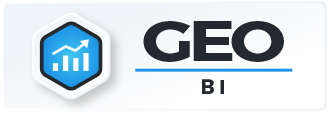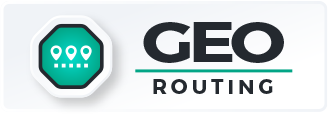In today’s fast-paced business world, making decisions on instinct alone just doesn’t cut it. Companies of all sizes—from lean startups to global enterprises—need insights that go beyond spreadsheets and gut feelings. This is where data analytics software becomes indispensable. By transforming raw numbers into meaningful insights, businesses can identify opportunities, streamline operations, and better serve customers. Even small businesses can level the playing field with tools that were once available only to enterprise giants.
The Growing Importance of Data Analytics in Business
Businesses today generate more data than ever before—customer interactions, sales records, web traffic, supply chain performance, and more. The challenge is no longer access to data, but making sense of it. Data analytics software helps companies move from raw information to clear, actionable insights. With the right tools, leaders can spot trends, identify risks, and uncover efficiencies that keep them ahead of the competition.
Data analytics isn’t just about looking backward at what happened. Modern software also includes predictive and prescriptive features, helping businesses anticipate what’s coming and recommend next steps. Whether you’re running a small business or managing complex global operations, analytics turns decision-making from guesswork into strategy.


Pro Tip: Businesses often adopt data analytics software but fail to get the most from it because they don’t combine it with location intelligence. With Mapline’s Geo Mapping and Geo BI features, you can layer geographic insights on top of traditional business analytics—unlocking hidden trends that competitors might miss.
What Data Analytics Software Really Does
At its core, data analytics software takes massive amounts of information and makes it digestible. Instead of digging through endless spreadsheets, you can see clean dashboards, visualizations, and reports that highlight what matters most. This empowers teams to not only understand what’s happening in real time but also to align decisions with long-term goals.
Beyond visualization, advanced data analytics software also includes powerful tools like predictive analytics, real-time monitoring, and integration with external data sources. This transforms data from a static resource into a living system of insights. By combining multiple streams—such as sales, customer feedback, and operational performance—businesses can gain a holistic view that drives stronger results.
Why Small Businesses Benefit Just as Much
It’s easy to assume that data analytics software is just for enterprise companies with massive IT budgets. But in reality, small businesses often have the most to gain. With limited staff and tighter margins, every decision matters more. By leveraging data analysis tools, small businesses can quickly identify what works and double down on strategies that generate results.
For example, a local retailer can use analytics to understand which products sell best during certain seasons and adjust inventory accordingly. A service-based business can track customer retention patterns and use insights to improve satisfaction. By starting small—often with cloud-based BI tools—smaller companies can scale their data strategy as they grow without needing huge upfront investments.
Key Features to Look For in Data Analytics Software
Not all tools are created equal, and choosing the wrong platform can slow down progress instead of accelerating it. The best data analytics software balances simplicity with depth, giving teams quick wins out of the box while offering advanced functionality as their needs grow. Scalability is essential, ensuring the platform supports small businesses today and enterprise-level demands tomorrow.
Look for solutions that include real-time dashboards, customizable visualizations, and integrations with your existing systems to avoid data silos. Accessibility also matters: a tool that’s intuitive for non-technical users but powerful enough for analysts ensures company-wide adoption. Ultimately, the right platform should adapt to your business, not the other way around.
Intuitive Dashboards and Visualization Tools
The right software makes it simple to turn complex datasets into visuals that anyone can understand. Dashboards provide real-time updates and allow teams to customize reports to focus on the metrics that matter most. This ensures decision-makers don’t get bogged down by unnecessary noise.
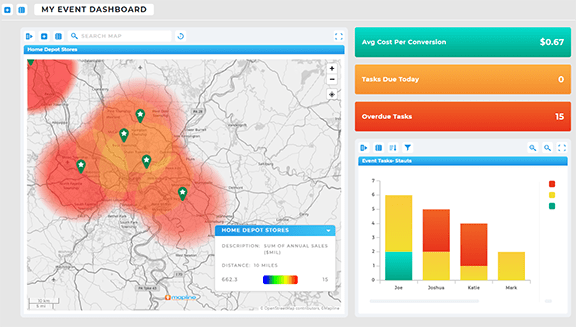
Predictive and Prescriptive Analytics
Modern BI software goes beyond explaining what happened—it predicts what might happen next and recommends action. These features help businesses stay proactive instead of reactive, ensuring opportunities aren’t missed.
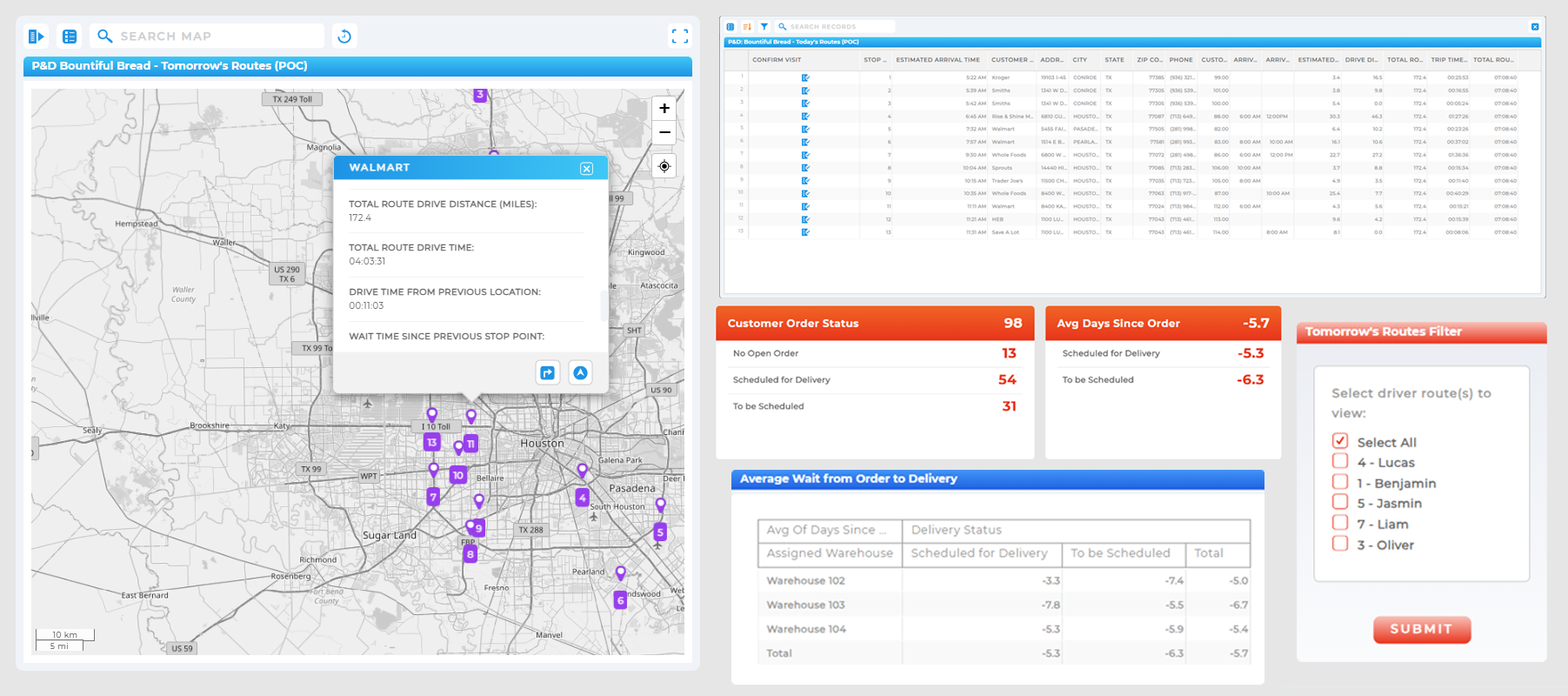
Real-Time Data Processing
Static reports can’t keep up with today’s business environment. Real-time analytics gives teams instant insights into sales, customer interactions, or operational changes, enabling immediate action where it counts.
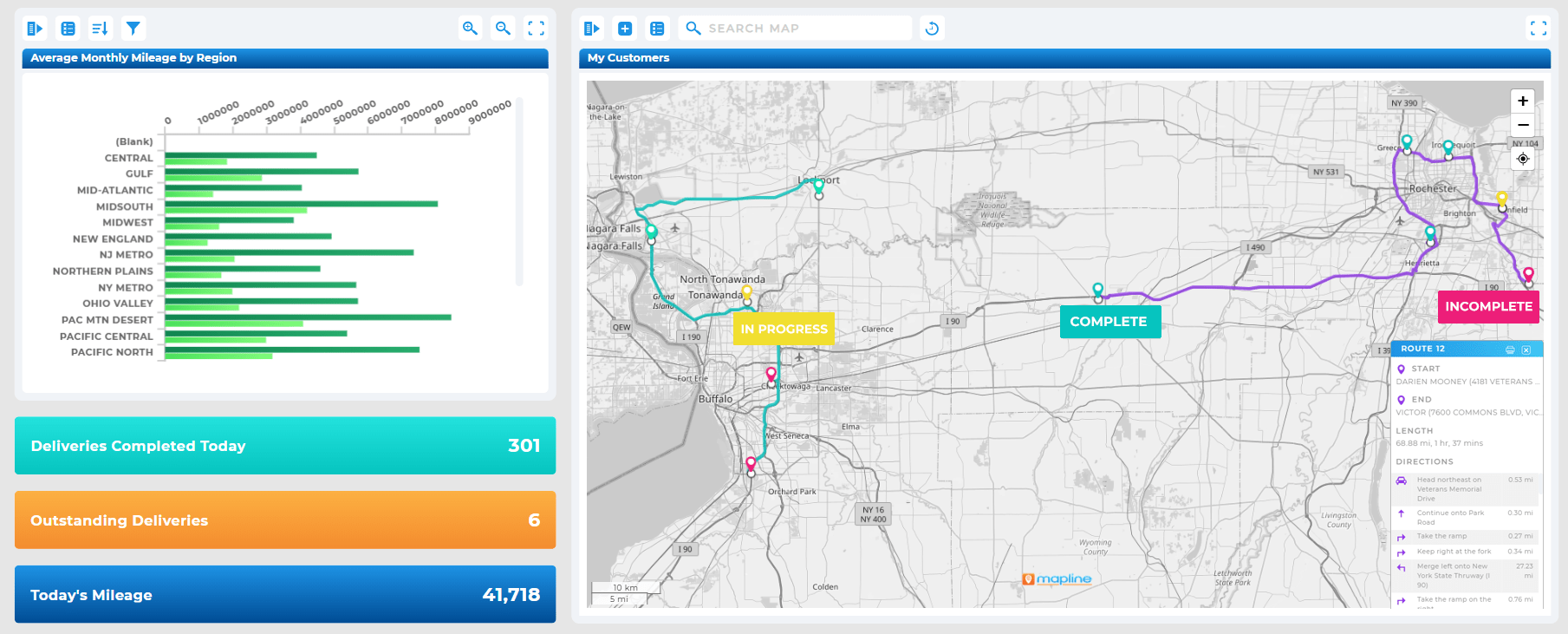
Seamless Integrations with Existing Tools
The most effective platforms integrate smoothly with CRMs, ERPs, and marketing platforms. This eliminates data silos and ensures that decision-makers have a single source of truth across departments.
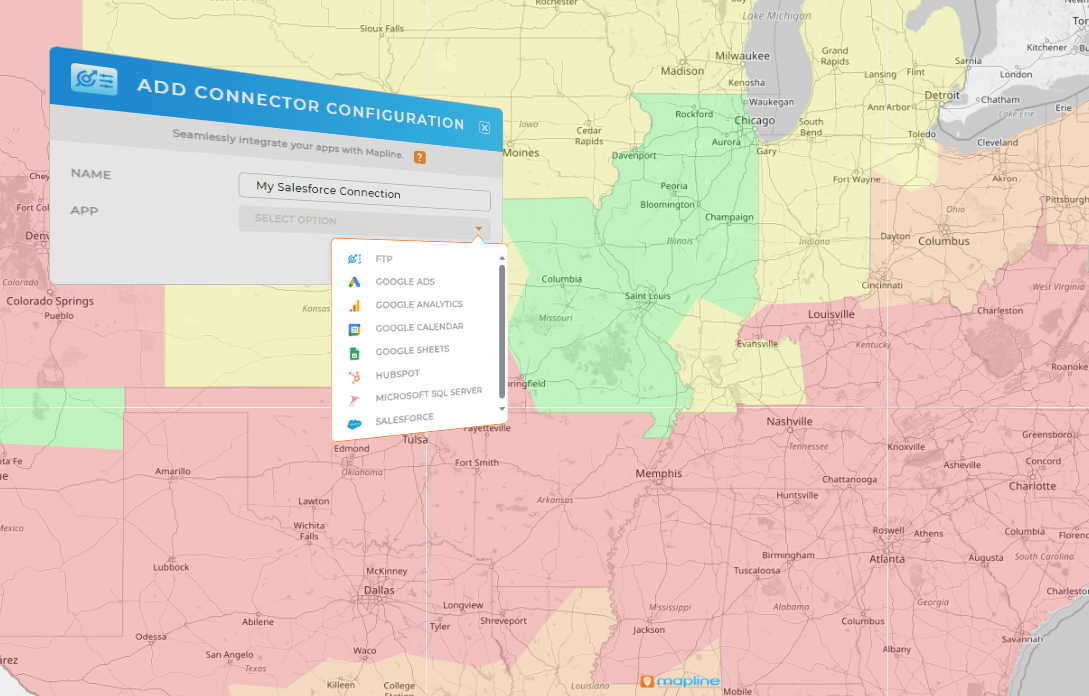
Scalability and Flexibility
As businesses grow, their data needs expand. Good analytics software scales with your business, offering advanced functionality when you’re ready for it without overwhelming you from the start.
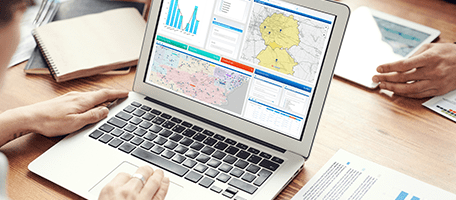
Competitors vs. Mapline: What Sets Us Apart
Many businesses turn to tools like Power BI or Tableau because they’re household names in business intelligence. While these platforms are powerful, they often come with steep learning curves and high costs. For small businesses in particular, the complexity can become a barrier instead of a benefit.
Mapline was built to provide the power of advanced BI without the headaches. Our platform combines easy-to-use dashboards, robust visualizations, and geo-intelligence tools that go beyond traditional data analysis. Unlike competitors that require IT specialists or consultants, Mapline empowers everyday business users to get actionable insights fast. This means you spend less time wrestling with software and more time driving growth.
How Data Analytics Software Fuels Smarter Decision-Making
Data analytics isn’t just a technical advantage—it’s a cultural one. By embedding analytics into daily workflows, businesses foster a data-driven culture where every decision is supported by evidence. This reduces the risk of costly mistakes and helps align the entire team around measurable outcomes.
In sales, analytics highlights which territories are underperforming and where hidden opportunities lie. In marketing, it helps pinpoint the most effective campaigns for ROI. In operations, it identifies bottlenecks and inefficiencies before they escalate. No matter the department, analytics creates a framework for continuous improvement.
Data analytics software refers to platforms that help businesses collect, process, and analyze data to uncover patterns, trends, and actionable insights.
No. Small businesses benefit greatly because analytics helps them maximize resources, reduce risks, and make smarter decisions without needing large teams.
While Tableau and Power BI are robust, they’re often complex and require technical expertise. Mapline focuses on simplicity, usability, and built-in geo-intelligence, giving businesses advanced insights without the steep learning curve.
Businesses can analyze sales data, customer interactions, web traffic, supply chain performance, financial records, and more. The best platforms also allow integration with external sources for a complete view.
With user-friendly tools like Mapline, businesses can start generating insights within minutes—not weeks. Ease of use ensures adoption across teams without long onboarding periods.






